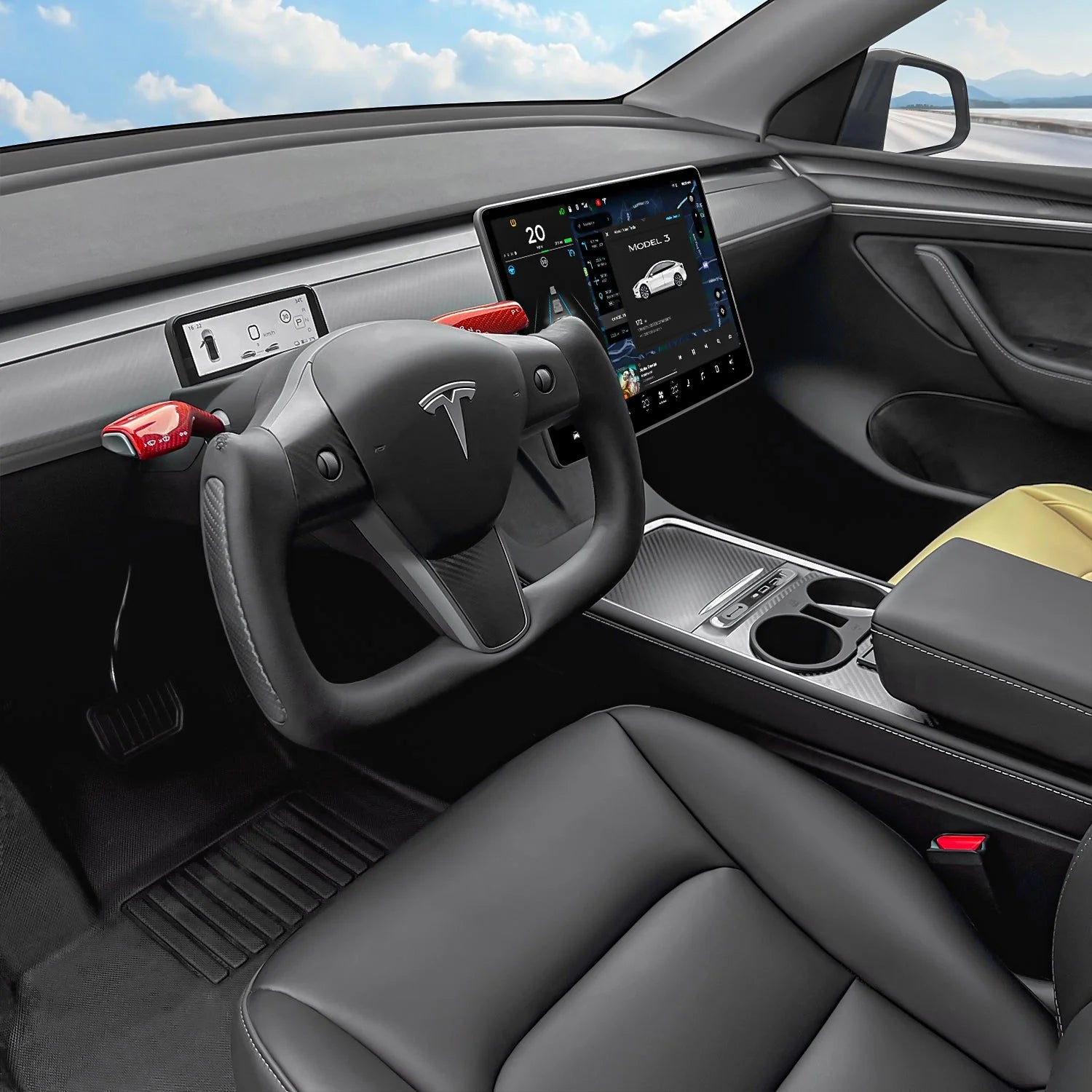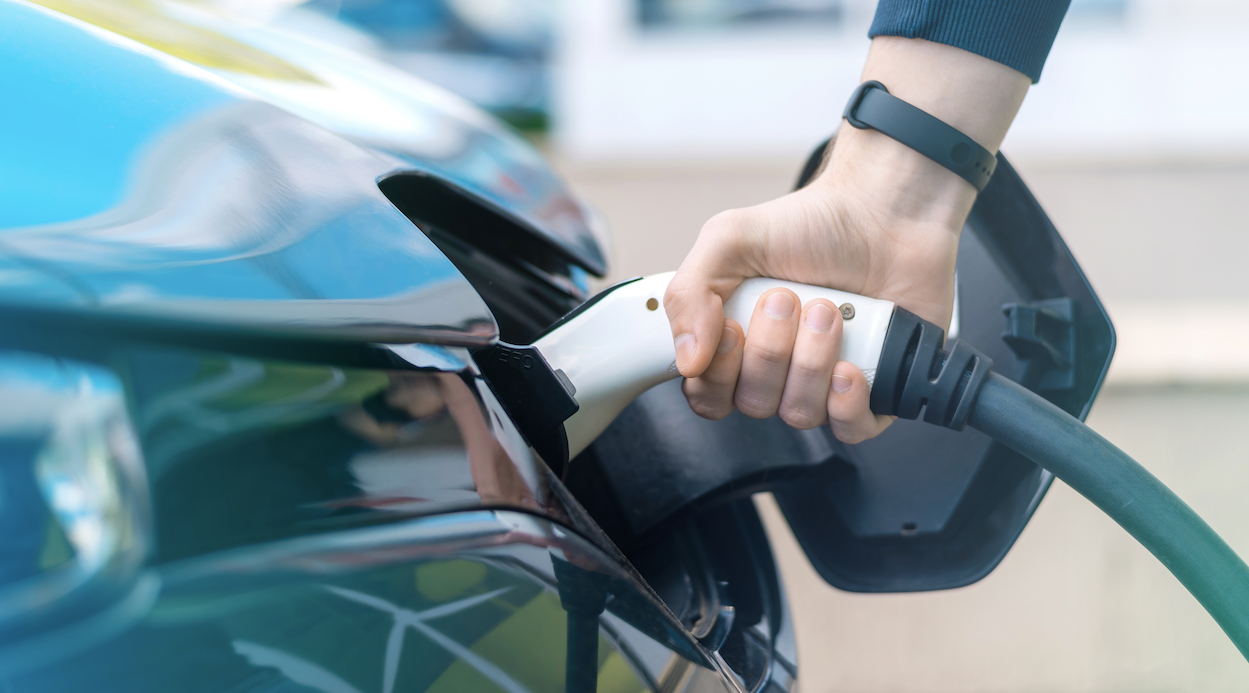Updated on: 25.07.2024
Are you getting confused with the difference between alternating current and direct current especially with the thought of the charging? Well, worry not anymore as you are not alone.
I mean, trying to understand the difference between AC and DC charging feels like a difficult task but with proper guidance, it's not.
In this article, we are here to make everything pretty simple for you. Whether you look towards powering up your gadgets or EVs at home or on the go, we have got all of your answers.
So let's move ahead.
What is the Difference Between AC and DC Current (Home Charging and Fast Charging)?
The difference between Alternating Current (AC) and Direct Current (DC) is quite simple.
AC (Alternating Current) and DC (Direct Current) are different types of electric currents used for charging. AC, which is what you have in your house, changes direction and is used for home charging. The onboard chargers convert the AC from the home charger into DC to store in the battery.
This type of charging is slower, so it's good for when you can leave your EV charging overnight. Most electric vehicles in Europe can receive up to 11 kW of power on AC. Some such as the Renault Zoe are even capable of 22 kW AC charging.
The DC on the other hand flows always in the same direction and is applied in fast charging stations. It can charge EV batteries much quicker than AC which is good if you want to quickly recharge your EV. The DC electricity does not need to go through the on-board charger. It goes directly to the battery.
Therefore, AC is for slow and home charging while DC is for fast and on-the-go charging.
Now let's discuss some specifics of both direct current and alternating current in detail.
Direct Current (DC) Specifics
- Constant Direction: DC remains constant in the single direction of the current flow from high point to low point.
- High Efficiency for Short Distances: Due to the DC's constant flow, it is considered highly efficient for short distances as it doesn't drop volts.
- Fast Charging Stations: Fast charging stations for electric vehicles (EVs) utilize DC chargers widely. These stations bypass the car's onboard charger, delivering power directly to the battery.
- High Power Levels: DC can deliver higher power levels, which is essential for rapid charging. This makes it ideal for situations where time is important, such as public charging stations.
Alternating Current (AC) Specifics
- Changing Direction: AC periodically changes direction from a higher potential, drops to zero first, and then changes direction. This characteristic makes it suitable for long-distance transmission.
- Home Charging: AC type of current is the standard form used in homes. EVs come with an on-board charger. The current from charging points is converted to DC by these chargers for charging the car. This makes the charging process slower.
- Lower Power Levels for Charging: AC chargers typically deliver lower power levels compared to DC chargers. This results in slower charging times but is more than adequate for overnight home charging. Level 1 and Level 2 electric car chargers are AC.
- Long-Distance Transmission Efficiency: AC is more efficient over long distances than DC when it comes to transmitting electricity and that's the main reason it's standard for household and general electrical supplies.
Now let's discuss the top 7 differences between AC and DC that you must know.
Top 7 Differences Between AC and DC Current
1. Location of Power Conversion:
In AC charging, power conversion from AC to DC is carried out within the vehicle through an onboard charger. The charger itself is an essential part of deciding the speed offered along with the capability at which the battery can be charged out of a typical home or even a public AC source.
However, the DC charging stations supply power that is in already DC form hence ensuring the elimination of the onboard charger section of the vehicle with direct supply into the high-voltage battery pack installed in the car. In this sense, a direct pathway allows the realization of faster charging durations.
2. Charging Curve:
The charging curve is how the speed of the charging varies with time periods for the charging process. AC charging would generally have a more constant rate, and hence it would be both slower but also consistent. On the contrary, the charge of the DC is often high at the start and gradually slows down as the battery gets filled to its possible fullness. This arises from the fact that the current of a DC moves from the high towards the low.
3. Charging Speed:
One of the major differences is the speed. AC charging, while being highly convenient and available to many more places, is slower. Ideal for overnight charging or any other time when there's no hurry involved. DC charging, on the other hand, is way faster than it which enables quick top-ups and efficient running during long drives or even shorter breaks.
4. Cost of Charging:
In terms of cost consideration, the AC charging infrastructure is generally less costly. Because the buildings are overwhelmingly residential and commercial, it has low installation and operational costs due to their greater presence. The DC fast-charging stations are highly priced for installation and maintenance and this is reflected in their costly cost per DS session.
5. Charging Location - Home vs Road:
There are also differences in the typical usage orientation. When at home, AC charging is almost always favored because of its quick setup compared to relatively low associated costs. For on-the-road scenarios, especially during long trips, DC fast-charging stations are more practical. These come with the element of speed since little downtime is acceptable while people are still on the road.
6. Battery Health:
Battery health is also another much-touted effect. Typically, AC charging is regarded as kinder on battery health over the long term owing to it. AC current charges slower and more steadily compared to DC fast charging throws up relatively lesser amounts of heat and puts less stress on the battery cell.
Excessive DC fast-charging can in the long run accelerate the degradation of the EV battery because there is more heat and stress on the battery from being charged over time.
7. Different Charging Infrastructures:
Lastly, availability and type of charging infrastructure come into play too. AC charging points are more broad-based with availability at homes and most public locations. Being specifically for quick charging, DC charging stations are rare and located mostly in crucial public places like highways or exclusive EV charging stations.
Using an AC charger in Europe
AC chargers are very common in Europe, both at home and in public. They run on 220-240V, so they are quite convenient and cheap for overnight or regular charging. They have the standard Type 2 connector that suits most electric vehicles in Europe.
They are suited for home use, providing slower but steady charging that can help meet everyday driving needs.
The integration of electric vehicles into everyday life is also timely because AC charging points have already been expanded across the region, making it very easy for users to recharge their cars either at home or in any public area while parked.
Using a DC charger in Europe
DC chargers are used in Europe for fast charging, primarily placed along highways and major routes to enable long journeys. All of them charge at high voltage and deliver rapid charging to electric vehicles.
Most of them have CCS connectors that fit into most EVs here in Europe. Therefore, DC Fast-Charging works well for quick top-ups along the way on long journeys that help reduce downtime drastically.
Though less frequent than their AC charger counterparts, a growing array of DC fast chargers support increasing demands for efficient and speedy charging solutions across the continent.
Final Words
So, that's the whole difference between alternating current and direct current. With these 7 facts about AC and DC charging in mind, you will be able to decide which option is right for you.




